Napoleon's Marshals: Pérignon, Brune, Sérurier, Kellermann, Grouchy, Moncey, Poniatowski, Jourdan.

The lesson explores the history and significance of Napoleon’s Marshals, a prestigious military rank reinstated by Napoleon in 1804, which included 18 of France’s most talented generals. These Marshals, drawn from diverse backgrounds, played crucial roles during the Revolutionary and Napoleonic Wars, showcasing exceptional leadership despite facing numerous challenges, including injuries and political strife. The guide ranks notable Marshals based on their accomplishments, highlighting their contributions to Napoleon’s military campaigns.
The Greatest General in History? Alexander Smashes the Persians

In this lesson, we explore Alexander the Great’s remarkable military campaign against the Persian Empire, beginning with his initial victories at the River Granicus and Issus, and culminating in the decisive Battle of Gaugamela. Despite being outnumbered, Alexander’s strategic brilliance and leadership led to a stunning victory, allowing him to conquer Persia and spread Greek culture throughout the region. His legacy highlights the impact of strategy and courage in overcoming formidable challenges in history.
The Brink of War: Suez Crisis: (1/2)
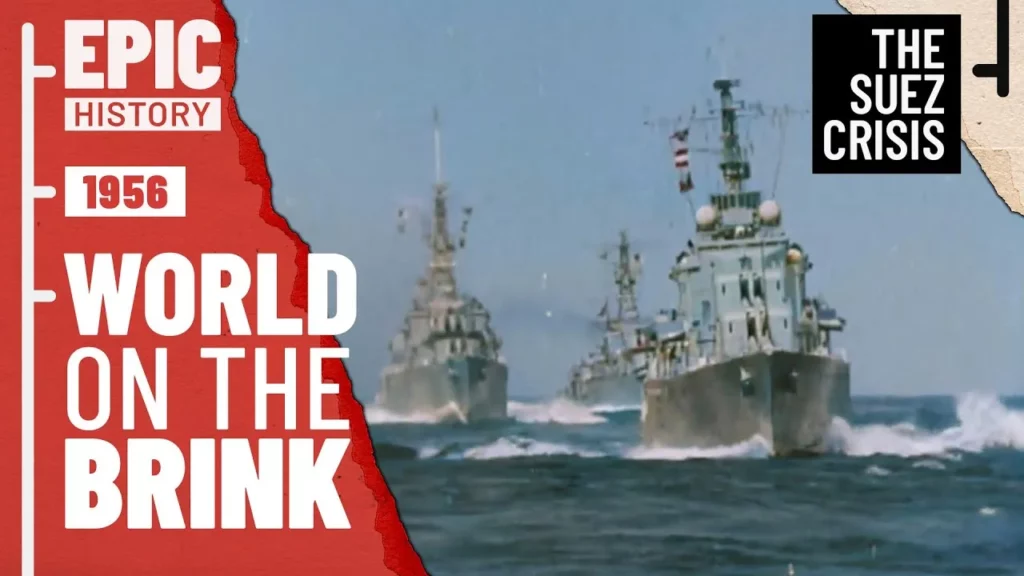
The Suez Crisis of 1956 marked a significant turning point in international relations, highlighting the decline of European imperialism as Britain and France faced a humiliating retreat against Egypt’s assertive leader, Gamal Abdel Nasser. The crisis stemmed from Nasser’s nationalization of the Suez Canal, a vital trade route previously controlled by British and French interests, and was exacerbated by Cold War tensions, as both superpowers vied for influence in the region. Ultimately, the conflict underscored the shifting power dynamics in the post-war world, with lasting implications for the Arab world, Israel, and U.S. foreign policy.
The incredible cavalry charge that took the Great Redoubt at Borodino

The lesson highlights the remarkable cavalry charge at the Great Redoubt during the Battle of Borodino, a pivotal conflict in the Napoleonic Wars. It emphasizes the innovative tactics employed by the French cavalry, which successfully executed a surprise attack against a heavily fortified position, showcasing the significance of strategy and bravery in warfare. Ultimately, this event illustrates how bold maneuvers can influence the outcome of battles, even in the face of formidable defenses.
Roman historian Procopius records evil omens…
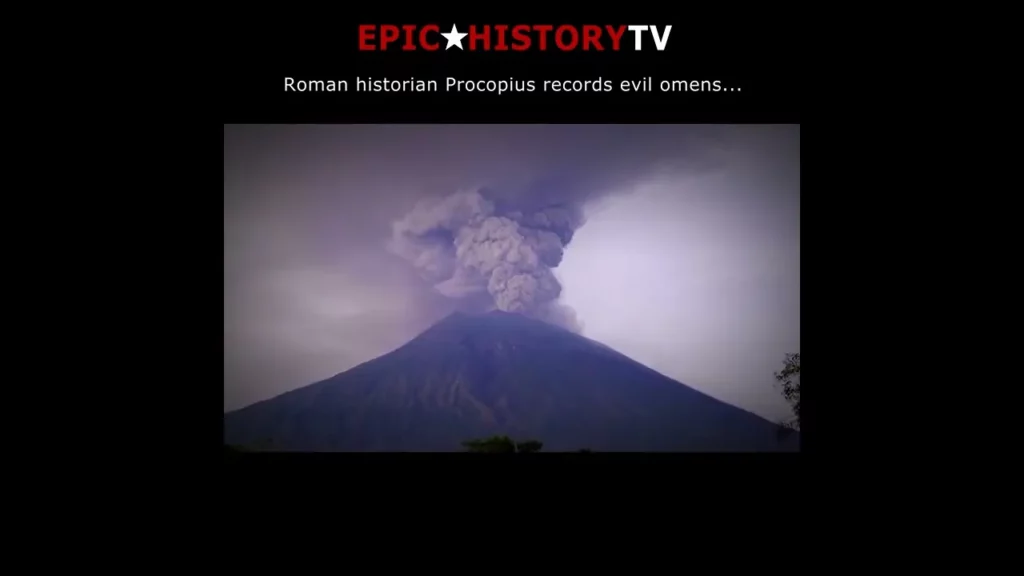
The lesson discusses the mysterious events of the year 536, as recorded by Roman historian Procopius, when the sun appeared dim and life became increasingly difficult due to wars, diseases, and food shortages. Experts now believe this phenomenon was caused by a massive volcanic eruption that led to a cooler climate, contributing to a period known as the “late antique little ice age.” Understanding this historical event highlights the significant impact of natural disasters on human societies and emphasizes the importance of preparedness for environmental changes.
Baghdad Burns: Fall of the Abbasids
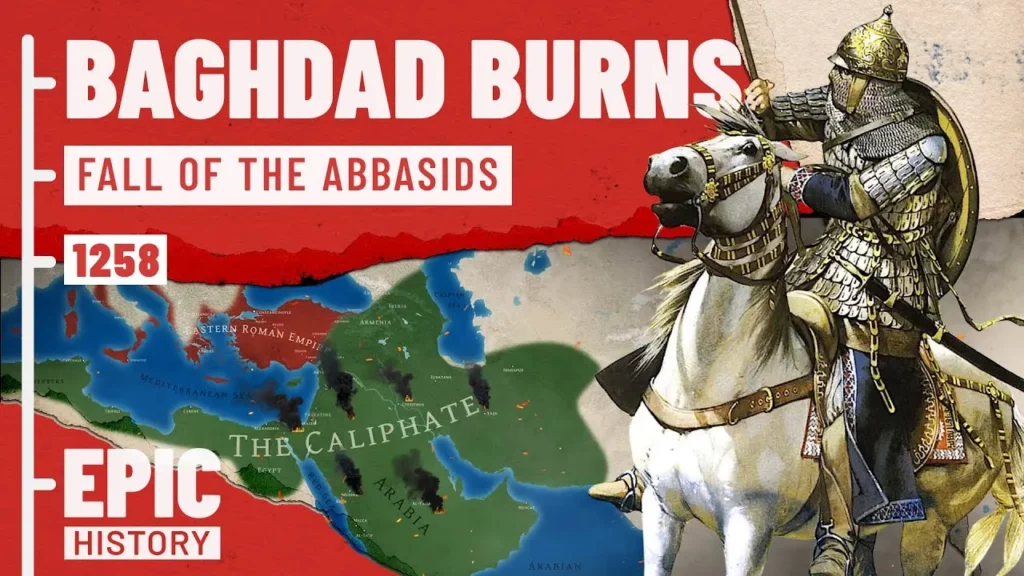
The lesson “Baghdad Burns: Fall of the Abbasids” explores the rise and decline of the Abbasid Caliphate, which thrived during Islam’s Golden Age under leaders like Harun al-Rashid and al-Ma’mun. Internal conflicts, military innovations, and external pressures, particularly from the Seljuk Turks and the Mongol invasion, ultimately led to the caliphate’s downfall in 1258 with the destruction of Baghdad. Despite their decline, the Abbasids left a profound legacy in cultural and intellectual advancements that continued to shape Islamic civilization.
Napoleon's first major defeat
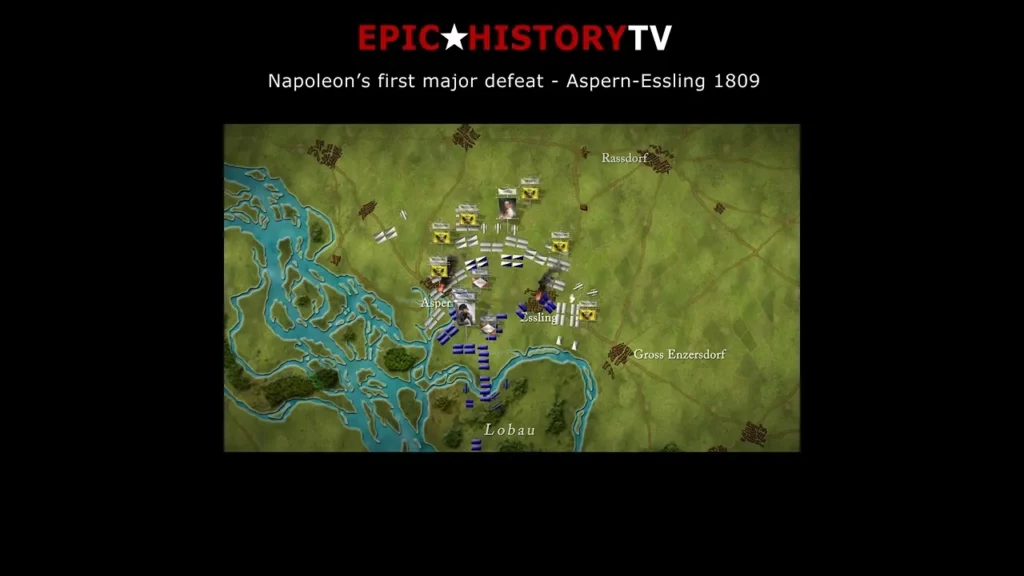
The lesson on Napoleon’s first major defeat highlights the intense battle dynamics between French and Austrian forces, culminating in a strategic withdrawal by Napoleon due to his troops’ exhaustion. The loss of Marshal Lann, a key commander and friend, not only impacted Napoleon emotionally but also underscored the high costs of war. This event serves as a reminder of the complexities of leadership, the importance of resilience, and the lessons learned from setbacks in military history.
How many men does it take to crew a Napoleonic warship?
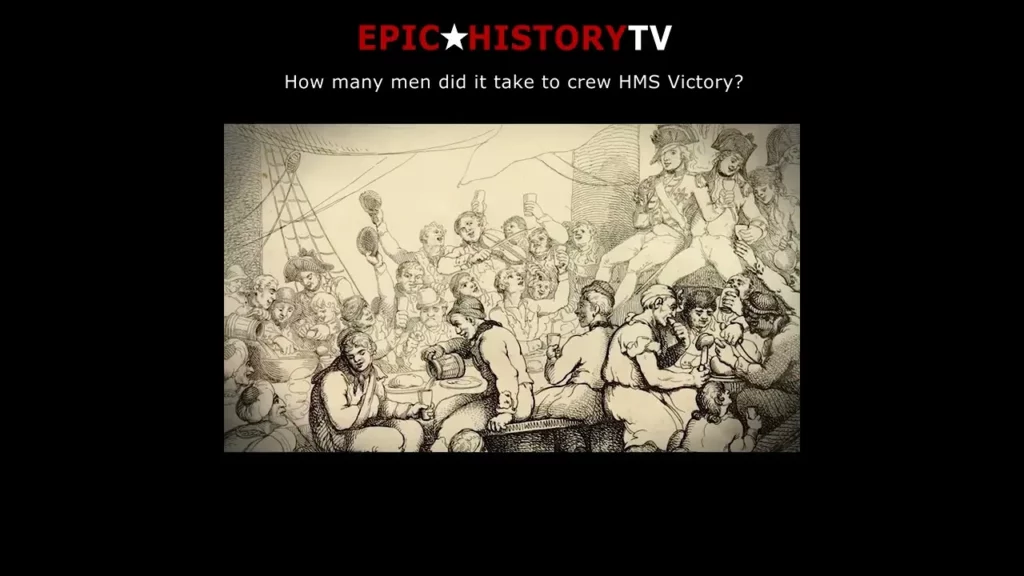
The lesson explores the crew dynamics of the HMS Victory during the Napoleonic Wars, highlighting the various roles and responsibilities essential for operating a warship. With a crew of about 820, teamwork and coordination were vital for the ship’s success in battle and daily operations. This historical example illustrates the significance of collaboration and organization in achieving common goals, especially in challenging environments.
Belisarius: The Last Battle (6/6)
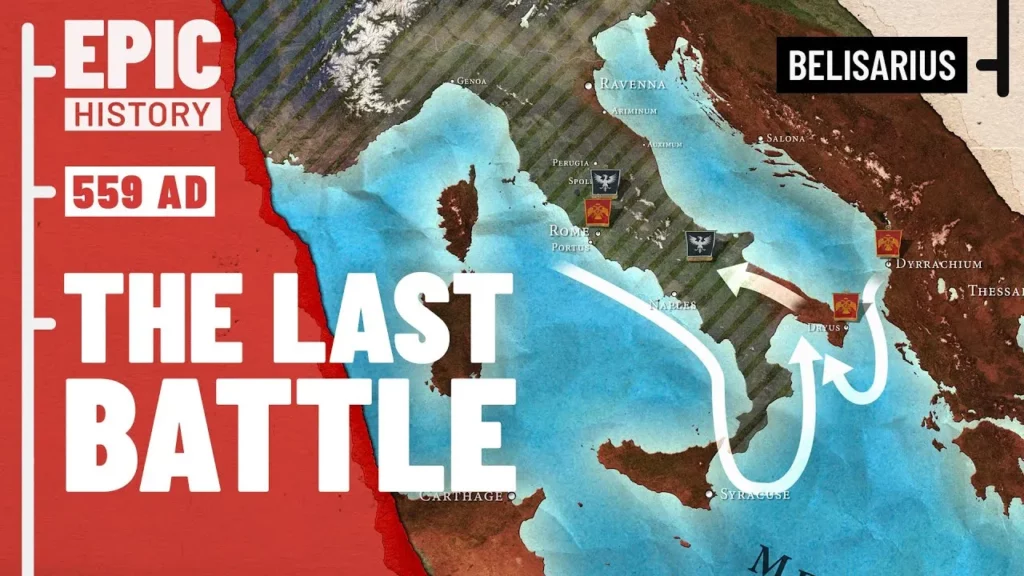
The lesson on Flavius Belisarius highlights his remarkable military leadership during a tumultuous period for the Eastern Roman Empire, particularly his struggles against the resurgent Ostrogoths led by Totila. Despite facing significant challenges such as limited resources, internal discontent, and strategic miscommunications, Belisarius’s determination and tactical acumen left a lasting legacy, illustrating the complexities of leadership and the importance of resilience in the face of adversity. Ultimately, his story serves as a powerful reminder of the impact of historical forces on individual destinies and the relentless pursuit of duty.
How did the Eastern Romans punish a traitor?

The lesson explores the themes of loyalty and betrayal during a siege led by Eastern Roman general Belisarius against the Goths. When a traitor within Belisarius’s ranks was discovered, he was handed over to his fellow soldiers, who chose to execute him as a warning against betrayal. This incident underscores the critical importance of loyalty in warfare and the harsh consequences of treachery, while also highlighting the strategic nature of sieges in ancient military tactics.